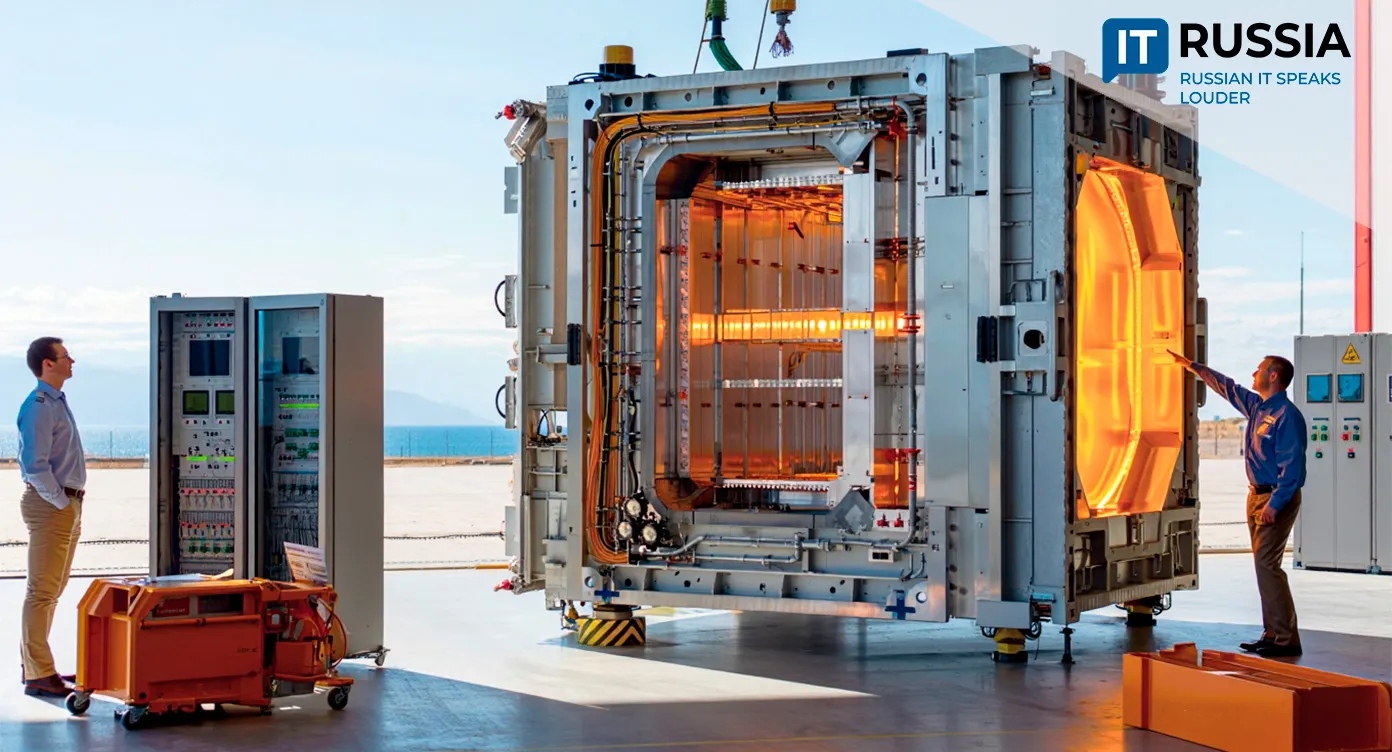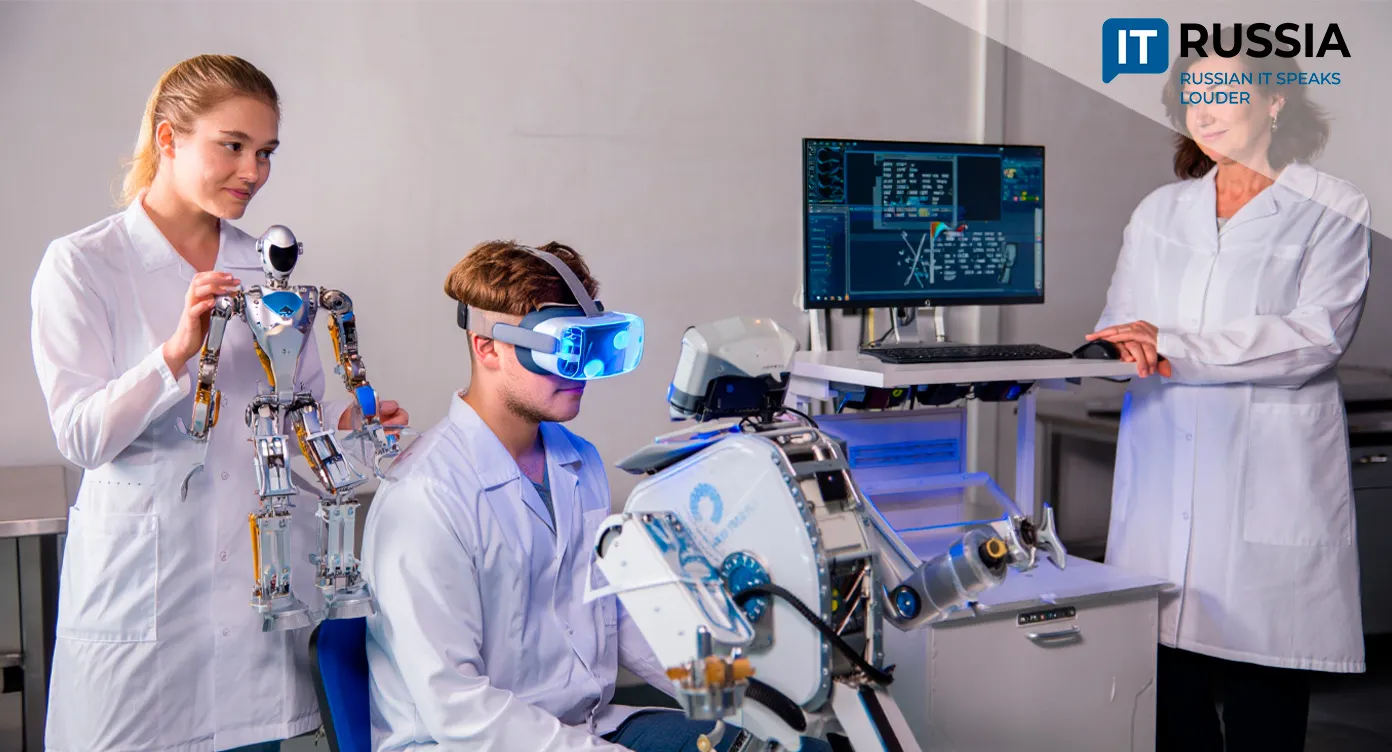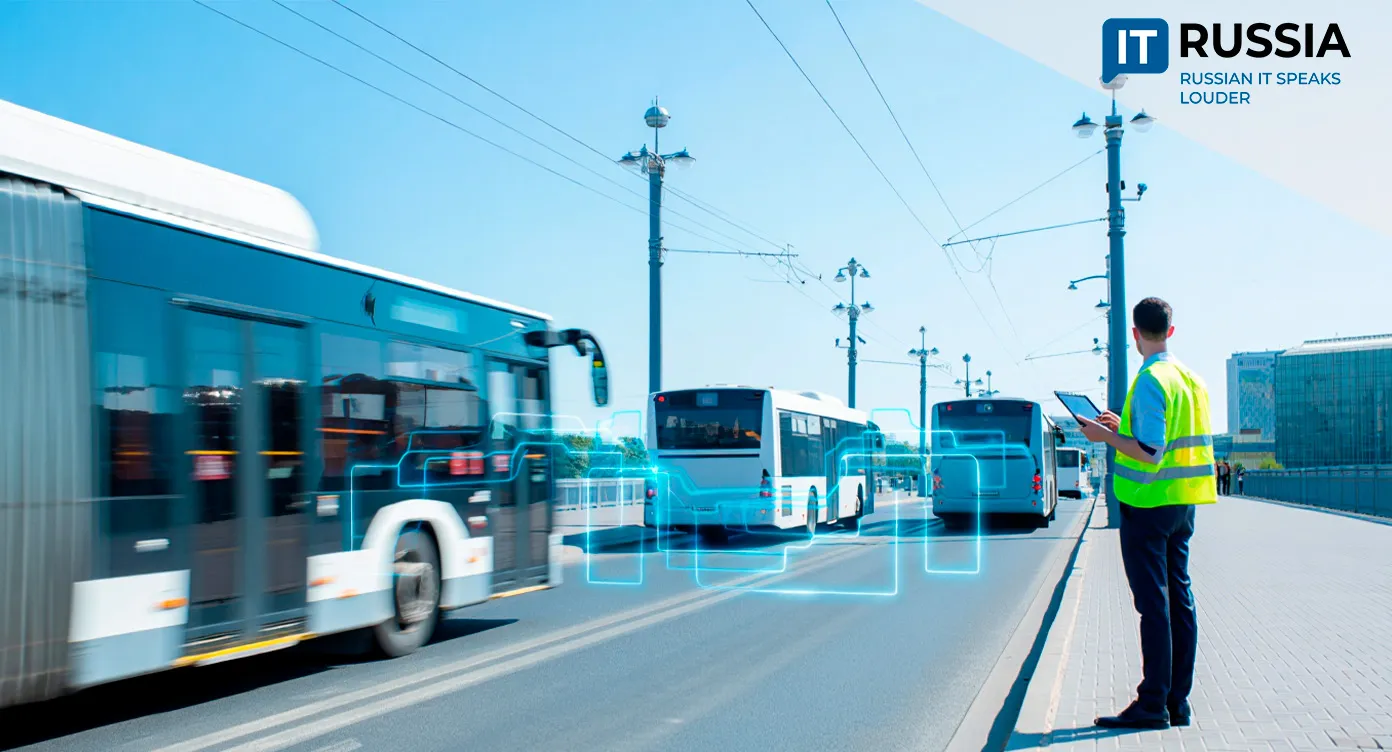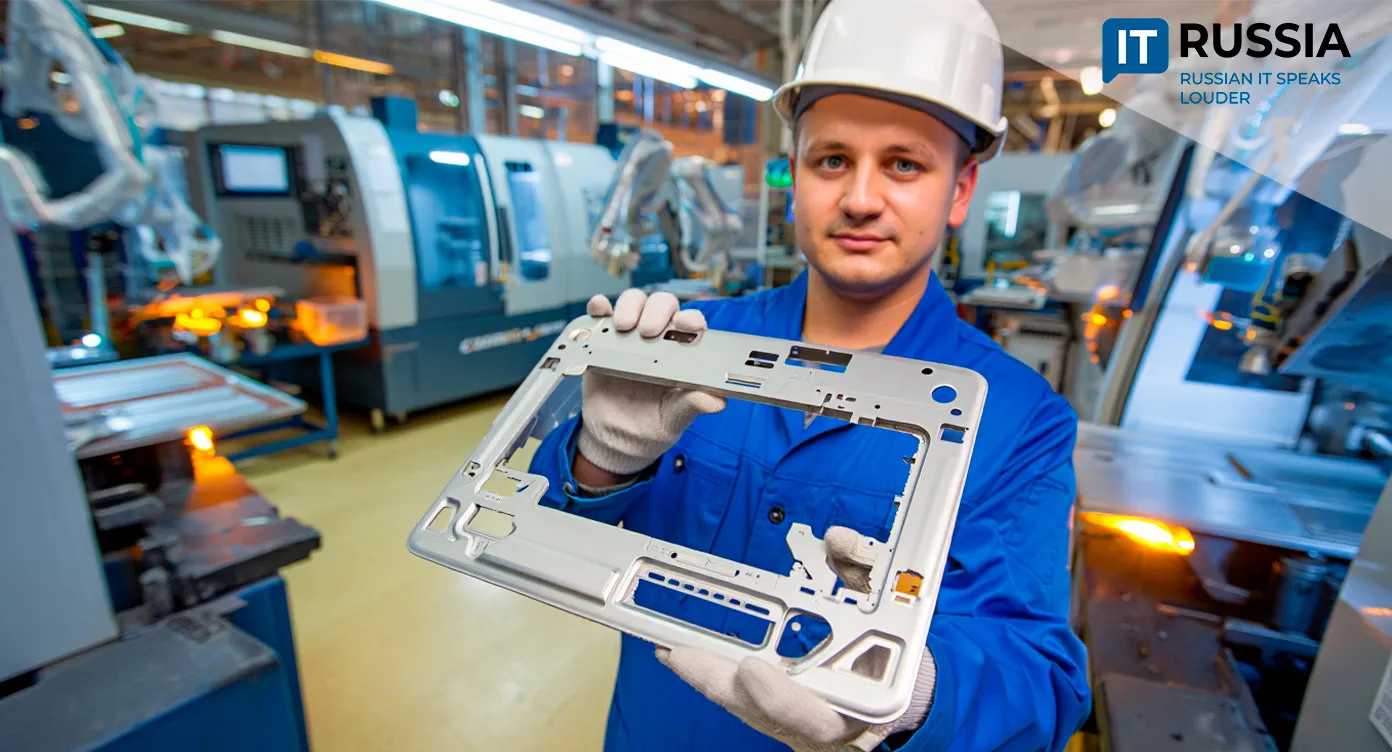Charging Stations Go Mobile
Rosatom, Russia’s state nuclear corporation, has unveiled two breakthrough solutions for electric vehicle charging: a mobile autonomous charging unit and a stationary fast-charging station with a 120 kW energy storage system.
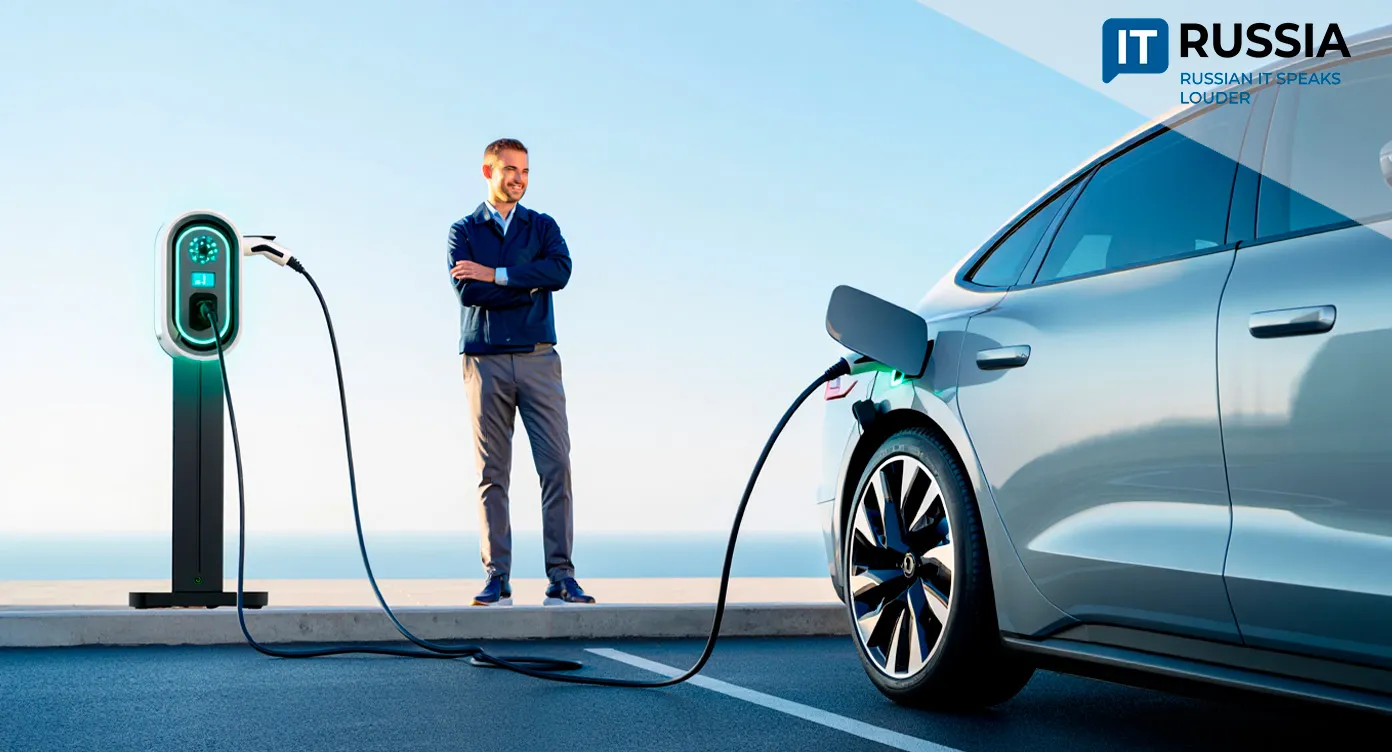
Charging Comes to the Driver
Rosatom’s fuel company TVEL is developing a new generation of EV charging stations equipped with built-in energy storage systems designed for intercity highways and remote locations. These stations will provide fast charging at around 120 kilowatts while requiring only up to 22 kilowatts of input power, thanks to domestically produced energy storage units.
This eliminates the need for high-voltage grid connections and costly electrical infrastructure upgrades. The stations store electricity during downtime and deliver rapid charging when needed, helping expand EV infrastructure while lowering connection costs.
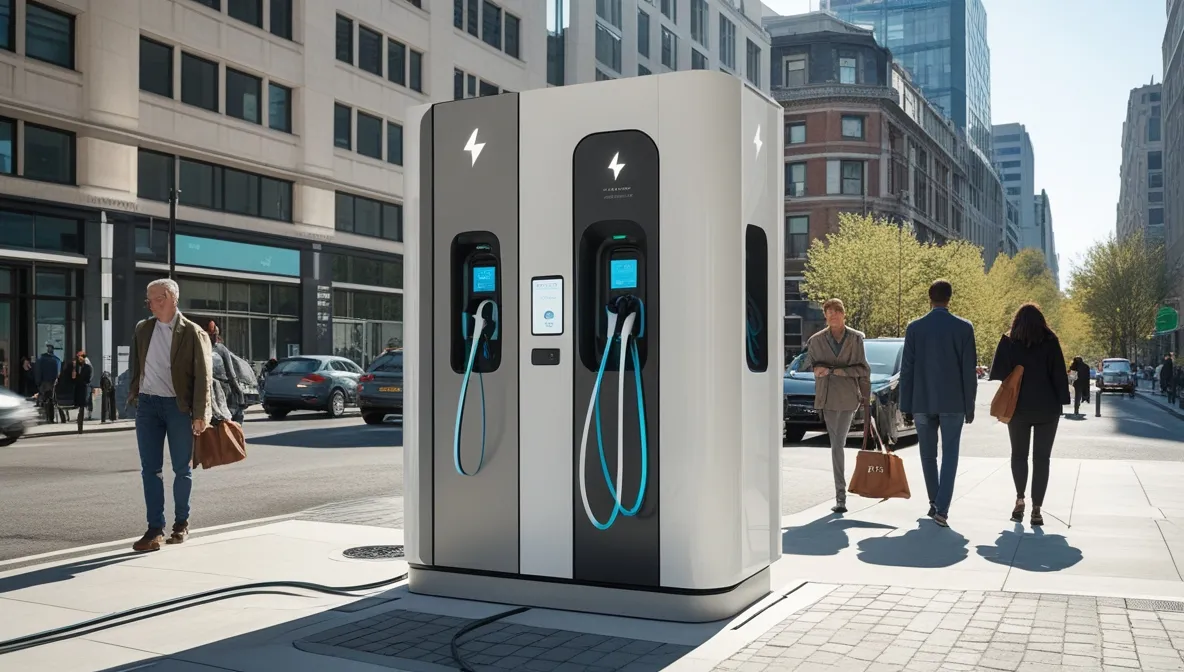
In parallel, Rosatom is building a mobile charging unit — a hardware-software system with a 35 kWh battery and up to 30 kW charging power. The station is equipped with navigation, digital mapping, computer vision, and lidar or radar to enable autonomous movement. It can provide DC fast charging within a 500-meter radius from its base point, making it ideal for residential areas where installing fixed charging stations is often restricted by technical conditions.
For drivers, this means access to charging in remote regions and along highways. For Russia, it strengthens technological sovereignty in the EV sector. Globally, fully localized Russian charging systems may boost export potential and competitiveness.
Regional Potential and Industrial Scale-Up
The scalability of Rosatom’s solutions opens opportunities for regions with weak grid infrastructure. Electric mobility has become a strategic priority for the corporation, uniting Russia’s nuclear science and technology base to create a full production cycle for electric transport.
Rosatom enterprises expect to manufacture up to 60% of EV components domestically, including batteries, electric motors, rare-earth magnets, microelectronics, polymers, and composite materials.
RENERA, Rosatom’s energy storage subsidiary, already supplies traction batteries for the future Russian EV line ATOM, including models designed for a 500 km range and operation in low-temperature climates. Russia’s charging market is growing steadily: by the end of 2025, Rosatom’s charging network will include 270 stations across 15 regions. Export potential lies in offering turnkey charging and storage systems to countries with developing EV infrastructure.

The Evolution of Russian E-Mobility
Rosatom entered the EV sector in 2019 and has since accelerated production of batteries and energy storage systems for commercial EVs and industry. Initial production capacity was 450 MWh per year, but giga-factories have significantly expanded output. Between 2023 and 2025, Rosatom launched 150 kW charging stations in regions including Kursk and Kaliningrad, with Parus Elektro serving as equipment manufacturer.
A federal subsidy program is supporting the rollout of high-power charging stations to reduce transport emissions. The program covers 67 regions, including 26 pilot territories, and plans to install around 11,000 charging units by 2030, one-third of which will support fast charging. By 2030, EVs are expected to represent at least 10% of Russia’s vehicle fleet. Today, Russia maintains a strong ratio of 5 EVs per public charger — similar to leading global markets thanks to state support.
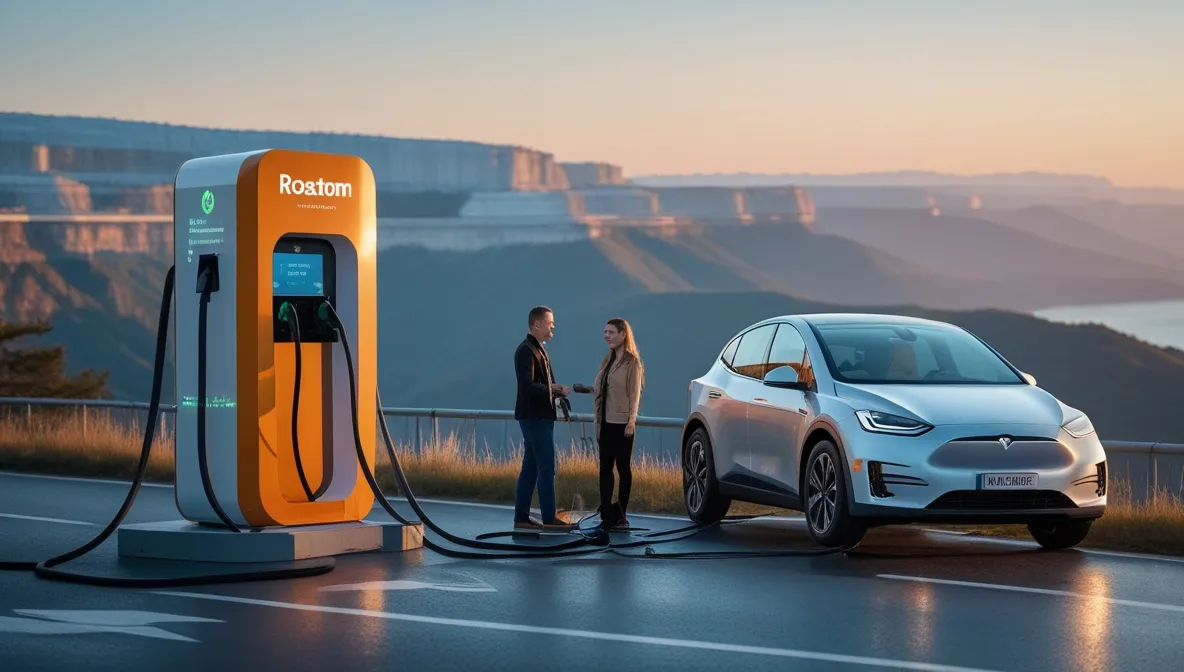
Roadmap to an Electric Future
Rosatom’s developments mark a new phase in the national EV ecosystem. By 2027, demonstration models of mobile chargers and pilot sites for energy-storage-based fast chargers will appear in remote regions and along long-distance routes.
By 2030, a wider rollout is planned nationwide, with potential export to international markets. Rosatom views electric mobility as central to green transition goals, supporting decarbonization and long-term sustainability. The long-term strategy is the creation of a full Russian EV ecosystem — from component production to nationwide charging infrastructure integrated with the country’s energy system.







